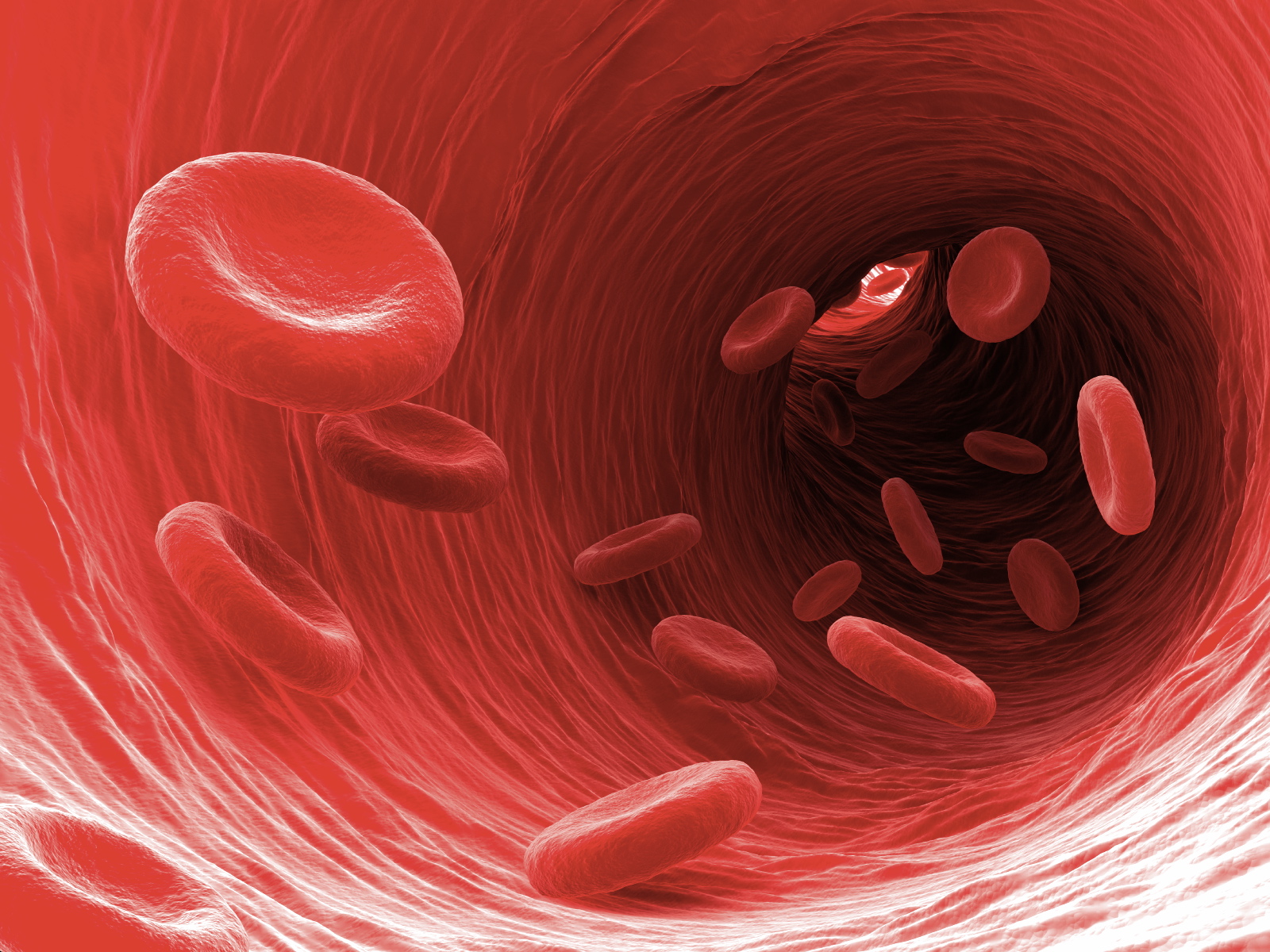
There has been 20 years of work on messenger RNA treatments against viruses.
Technological advancements in RNA biology, chemistry, stability, and delivery systems have accelerated the development of fully synthetic mRNA vaccines.
Molecular Therapy Journal (April 2019) reviewed mRNA as a Transformative Technology for Vaccine Development to Control Infectious Diseases
Vaccines – Enlisting the mRNA Vaccine Platform to Combat Parasitic Infections
Limitations of the Traditional Vaccine Platforms
Because of the complexity of parasitic infections, conventional vaccine platforms, such as live attenuated, killed whole parasite or subunit vaccines, including recombinant protein strategies, may not always be effective. Vaccine development for parasitic infections is often hindered by limitations of production and/or inadequate immune responses. There is also the expense associated with traditional vaccine platforms, which might not be linked to a traditional return on investment.
Scaling mRNA Rapid Response
The production and purification process of IVT mRNA can be standardized, therefore avoiding the need for costly product-specific production and purification steps. While it faces the same regulatory requirements and needs for quality control as a recombinant protein, the mRNA purification process is less complicated. Due to the standardization of the production and purification process, the development time for new vaccine candidates can be dramatically reduced, which allows for the rapid testing of more vaccine candidates by high-throughput screening. The relatively simple, low-cost production process is a crucial benefit because regardless of the scientific and medical prospects, parasitic vaccines need to become accessible for people living in low-income countries.
On a lab-scale, new widely available kits allow for high-yield transcription reactions for the synthesis of capped RNA. The current costs of producing capped RNA are, however, still high at the larger scale, but, for example, more effective capping enzymes could lower cost. Several companies and research institutes have built facilities for the GMP-grade large-scale synthesis (up to kilograms amounts) of capped, polyadenylated RNA. FDA-compliant enzymes and reagents to synthesize capped RNA have become available.
The IVT mRNA platform is currently one of the fastest growing vaccine technologies. Similar to other oligonucleotide-based vaccine technologies, mRNA can be made using a standardized production process, allowing for multiple vaccine candidates to be screened within a reasonable time frame. The present-day costs of production are still high, however, the prospect of the low cost of standardized production may soon be realized through improved transcription and mRNA capping techniques and increased competition between GMP RNA production facilities.
There will be hundreds of new mRNA vaccine research results published in the next few years and expect several will be focused on parasitic diseases.
